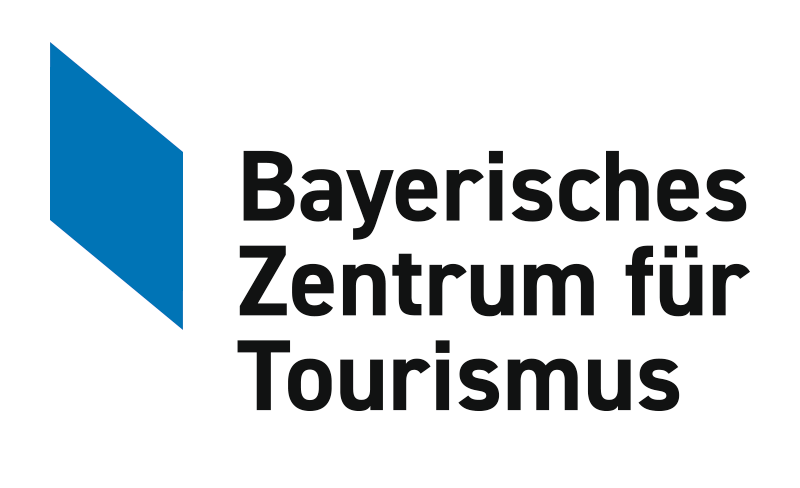
From “Overtourism” to “Tourism Over”? The Development of Selected Market Segments in Times of COVID-19 with the Example of Germany
In the last 20 years, the global tourism industry showed an almost uninterrupted growth (measured in terms of international tourism arrivals), apart from more or less small “dips” in growth caused by the SARS epidemic in 2003 (–0.4%) and the world financial crisis in 2009 (–4.0%). These crises did not last a long time and they were not events that occurred globally. Consequently, they were characterized by small and only short-term declines (cf. Figure 7.1). Accordingly, the forecasts of the United Nations World Tourism Organization (UNWTO) predicted further, almost linear growth in 2019. However, this growth has been brought to an abrupt halt by the COVID-19 pandemic. A characteristic of the pandemic for the tourism industry is that all destinations and all market segments of tourism are affected — albeit to varying degrees, at different times and with regional differentiation. Due to the successive lockdowns in all important source and destination markets of tourism, the tourism industry came to a standstill worldwide in the course of 2020. The number of international arrivals decreased from 1460 million in 2019 to 377 million in 2020 (see Figure 1). The UNWTO (2020) assumes that national domestic tourism will suffer less from the COVID-19 crisis and will recover more quickly than international tourism. From previous pandemics, it is known that already localized outbreaks have a significant economic impact on international tourism (e.g. Kuo et al., 2009)…
